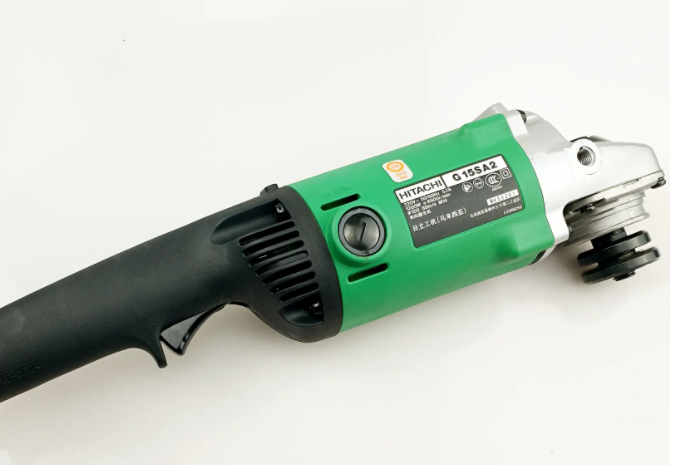Flapper Wheel for Angle Grinder The Essential Tool for Metal Finishing
In the realm of metalworking, precision and quality of finish are key factors that determine the overall success of a project. Whether you are a professional fabricator, a DIY enthusiast, or an artist working with metal, achieving a smooth and flawless surface is often a top priority. One indispensable tool that has gained popularity for this purpose is the flapper wheel, especially when used with an angle grinder.
What is a Flapper Wheel?
A flapper wheel is a type of abrasive tool comprised of overlapping, closed-loop fabric or paper flaps attached to a central hub. Unlike traditional grinding wheels, flapper wheels are designed to provide a more flexible and consistent sanding action. They are available in various grits, ranging from coarse to fine, which makes them versatile for different applications including grinding, deburring, and finishing.
Advantages of Using Flapper Wheels
1. Versatile Applications Flapper wheels can be used on a variety of materials including metals, wood, and plastics. Their versatility makes them suitable for tasks ranging from heavy material removal to delicate finishing work.
2. Reduced Risk of Damage The flexibility of flapper wheels allows them to conform to the contours of the workpiece, which minimizes the risk of gouging or damaging the surface. This is particularly beneficial when working with intricate designs or parts with complex geometries.
3. Longer Lifespan Flapper wheels typically last longer than traditional sanding discs due to their layered structure, which ensures even wear and reduces the frequency of replacements. This results in cost savings over time, making them a practical choice for regular use.
4. Better Airflow The design of flapper wheels permits enhanced airflow during operation, which helps to dissipate heat. This not only prolongs the life of the wheel but also enhances the efficiency of the sanding process by preventing the buildup of material on the surface.
How to Choose the Right Flapper Wheel
flapper wheel for angle grinder

When selecting a flapper wheel for your angle grinder, several factors should be considered
- Grit Size The grit size will significantly impact the finish of your work. Coarser grits (40-60) are ideal for aggressive material removal, while finer grits (80-120) are better for finishing.
- Diameter and Width Flapper wheels come in various sizes. A larger diameter wheel will cover more surface area faster, while a smaller diameter wheel allows for greater precision in tight spaces.
- Material Composition Flapper wheels can be made from different abrasives such as aluminum oxide, zirconia, or ceramic. Each material has unique properties that suit specific applications; for example, ceramic flapper wheels are excellent for high-pressure applications because of their durability and long life.
Safety Tips
Using flapper wheels with an angle grinder requires careful attention to safety to prevent accidents and injuries
- Wear Protective Gear Always use safety glasses, gloves, and hearing protection during operation. - Secure Your Workpiece Ensure that the material you are working on is securely clamped to avoid any movement during grinding.
- Check the Tool Before use, inspect the flapper wheel for any signs of damage or wear, and ensure that the angle grinder is in good working condition.
Conclusion
In the world of metalworking, achieving a smooth and polished finish is essential. The flapper wheel, with its unique design and versatile applications, has emerged as a preferred choice among professionals and hobbyists alike. By understanding the benefits, selection criteria, and safety practices associated with flapper wheels, you can enhance your metal finishing skills and achieve the high-quality results you desire in your projects. Whether you are tackling a small repair or a large fabrication job, a flapper wheel for your angle grinder may just be the tool you need to elevate your work to the next level.
Post time:Dec - 12 - 2024

















